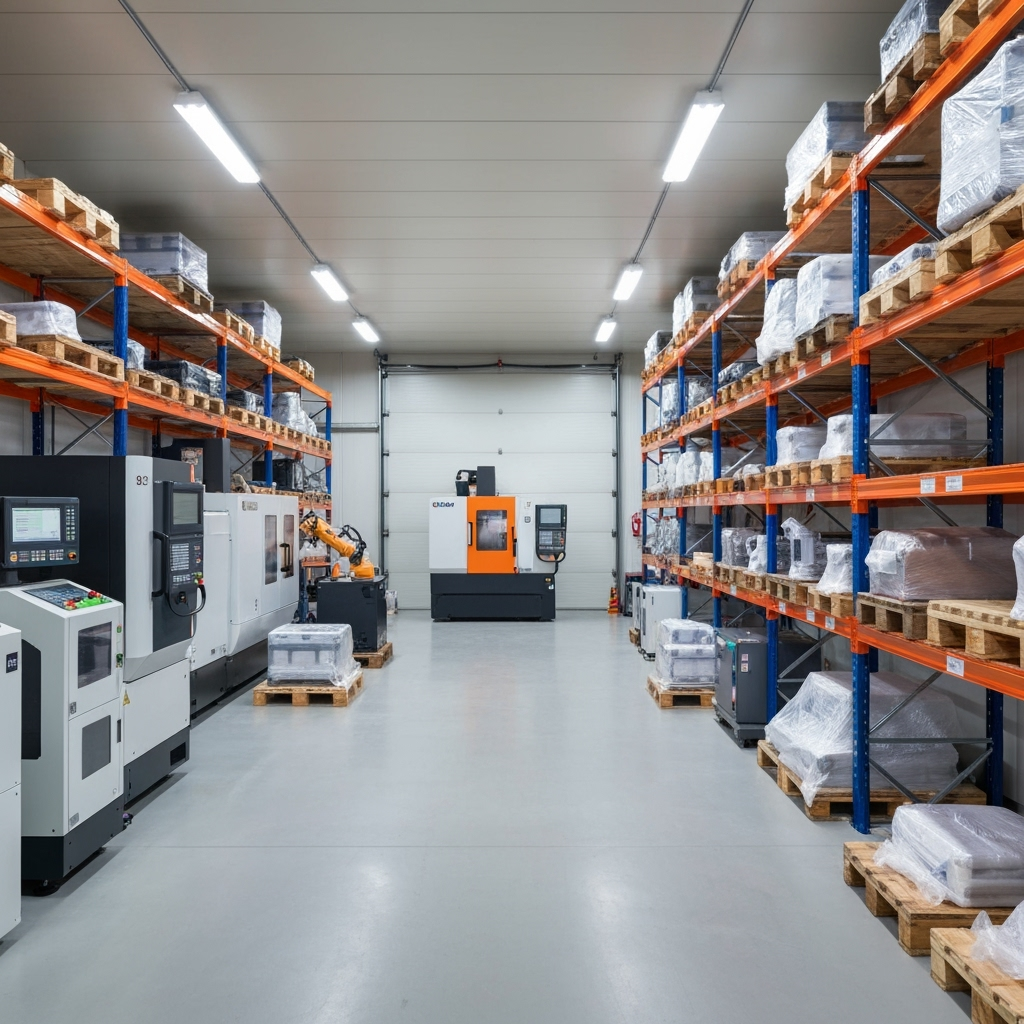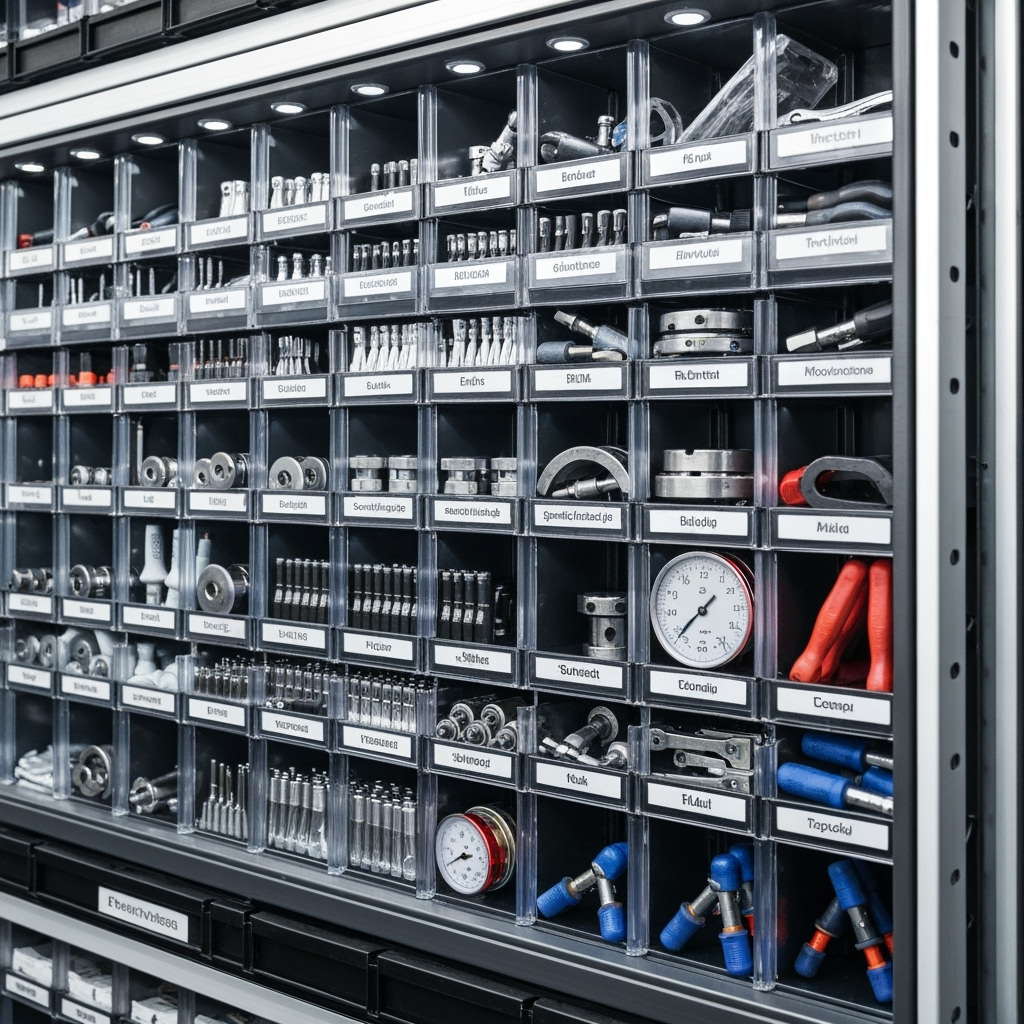Manufacturing Equipment Storage: A Guide to Protecting Your Industrial Assets

For manufacturing businesses, properly storing equipment during downtimes, seasonal slowdowns, or facility transitions is crucial for maintaining valuable assets and ensuring operational readiness. This comprehensive guide will help you protect your manufacturing equipment while in storage, maximizing its longevity and preserving its value.
Why Proper Storage Matters for Manufacturing Equipment
Manufacturing equipment represents a significant investment for any business. Proper storage helps:
- Prevent rust and corrosion
- Maintain calibration and precision
- Protect sensitive electronic components
- Ensure safety compliance
- Preserve warranty validity
Choosing the Right Storage Solution
When selecting a storage facility for manufacturing equipment, consider these essential factors:
- Climate control capabilities
- Access for large machinery
- Security features
- Loading dock availability
- Insurance coverage options
Preparation Steps for Equipment Storage

Before placing equipment in storage, follow these crucial preparation steps:
1. Documentation and Photography
- Create detailed inventory lists
- Take photographs of equipment condition
- Document serial numbers and specifications
- Keep maintenance records accessible
2. Cleaning and Protection
- Remove all debris and residue
- Apply appropriate lubricants
- Install rust prevention measures
- Cover with proper protective materials
3. Component Preservation
- Drain all fluids properly
- Disconnect and secure batteries
- Protect electrical connections
- Secure moving parts
Ongoing Maintenance During Storage
Regular maintenance checks during storage periods are essential:
- Monthly visual inspections
- Quarterly operational checks when possible
- Climate control monitoring
- Pest prevention assessment
Organizing Your Storage Space
Efficient organization maximizes space and accessibility:
- Create clear aisles and access paths
- Use proper storage racks and platforms
- Label all equipment clearly
- Maintain inventory management system
- Consider future retrieval needs
Special Considerations for Different Equipment Types
CNC Machines
- Protect precision components
- Maintain calibration settings
- Store programming backups
Hydraulic Equipment
- Proper fluid drainage
- Seal protection
- Cylinder position considerations
Electronic Equipment
- Climate control requirements
- Static protection measures
- Moisture prevention
Insurance and Documentation Requirements
Protect your investment with proper coverage:
- Review insurance policies
- Update coverage as needed
- Maintain detailed documentation
- Keep digital backup records
Retrieval and Redeployment
Plan for equipment reactivation:
- Create retrieval checklists
- Schedule necessary maintenance
- Test all systems thoroughly
- Update safety certifications
Conclusion
Proper storage of manufacturing equipment is crucial for maintaining your business’s valuable assets. By following these guidelines and working with a reliable storage facility, you can ensure your equipment remains in optimal condition and ready for use when needed. Remember that the small investment in proper storage practices can save significant costs in repairs and replacements down the line.










Leave a Reply